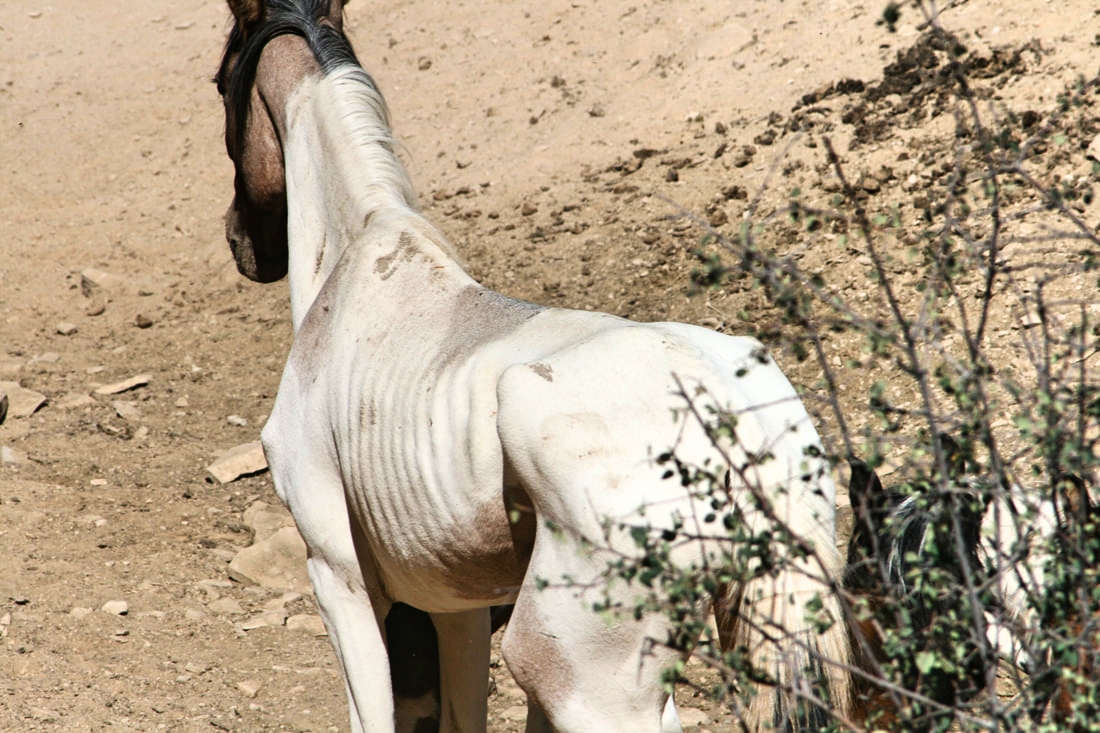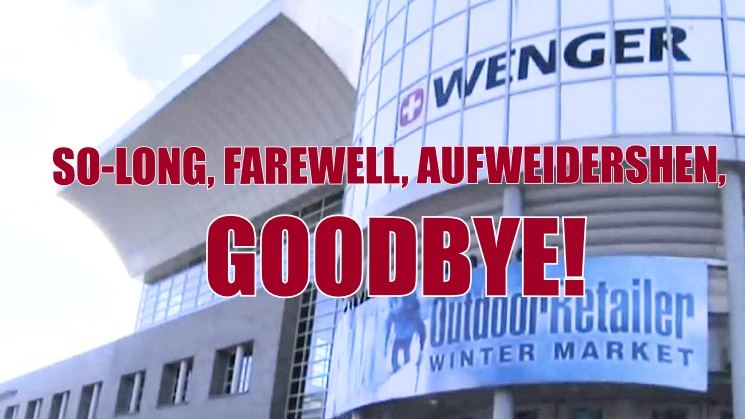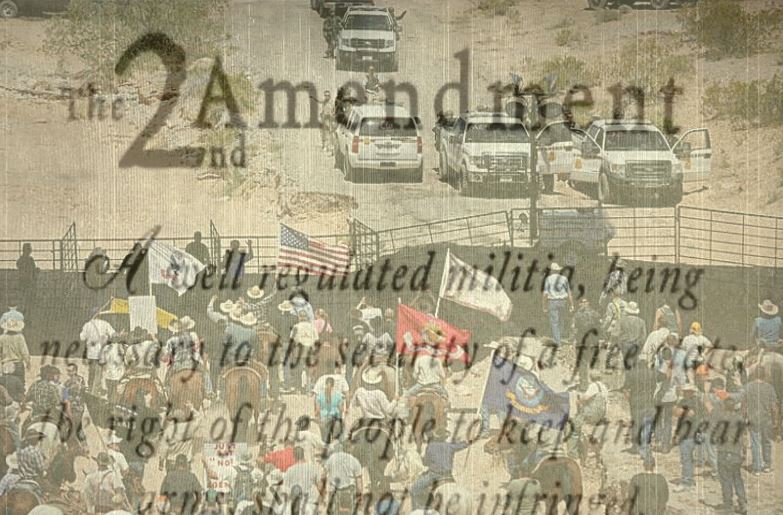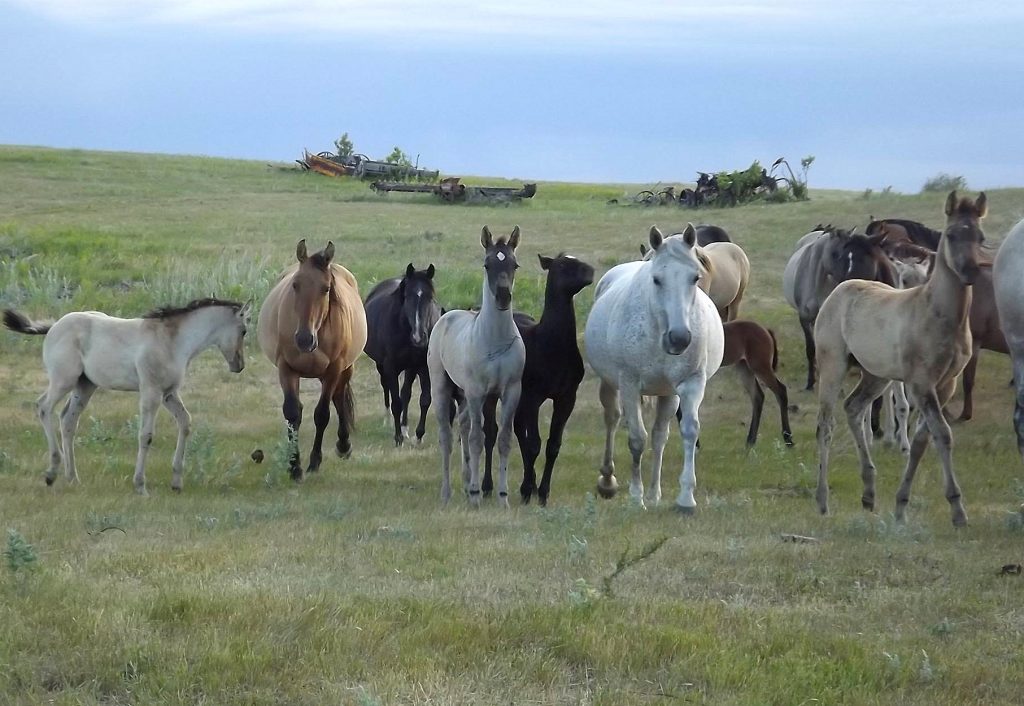The BLM’s Wild Horse and Burro program currently eats up about $80 million per year, with $50 million of that going to the care of excess horses in federal holding facilities. Despite increasing rates of horse and burro adoption, the measures now practiced are insufficient to address exploding horse populations, which may grow by up to 20 percent per year.
by Marjorie Haun
The Bureau of Land Management (BLM) Wild Horse and Burro (WH&B) Advisory Board has released the list of recommendations it will present to BLM officials next March. The advisory board is composed of seven individuals with various perspectives and backgrounds, but all with experience in horse science, management, and husbandry. The board participated in three days of meetings and intensive presentations held October 17th through the 19th. The first day consisted of a tour of the Little Book Cliffs Horse Management Area (HMA) located just north of Grand Junction, Colorado, where the other days’ meetings where held. The board hosted a range of presenters, including cooperative volunteer organizations, experts in wildlife, range health, wild horse population control, and horse rehabilitation and training.
Always a contentious topic, wild horse management has become fiercely politicized, and because of the intentional mischaracterization of proposed management strategies, the subject has also become an emotionally volatile one. One such proposal; humane euthanasia of animals which are sick, old, lamed or unadobtable, is at the center of controversy. Humane euthanasia is allowed under the Wild Free-roaming Horses and Burros Management Act of 1971, and has always been an option, but largely due to misinformation campaigns and lawsuits from horse ‘advocate’ groups, the BLM has not applied the practice. Another controversial proposal is the unrestricted sale of horses to domestic and international purchasers.
With approximately 150,000 excess horses–above appropriate management level (AML)–on the range and in BLM holding facilities, and some herds facing starvation, dehydration, inbreeding, and severe range depletion, drastic measures may be necessary to stem the protracted suffering of many animals.
The BLM’s Wild Horse and Burro program currently eats up about $80 million per year, with $50 million of that going to the care of excess horses in federal holding facilities. Despite increasing rates of horse and burro adoption, the measures now practiced are insufficient to address exploding horse populations, which may grow by up to 20 percent per year. It was made clear at the WH&B meetings that wild horse management is already at a crisis point on America’s western range. With solid science and a spectrum of solutions offered by presenters, the WH&B advisory board worked to create a consensus for the following recommendations:
Explanatory comments added by FRR editor
Wild Horse and Burro Advisory Board Recommendations
Grand Junction Colorado, October 19, 2017
That the WH&B NAB have their next meeting in Washington DC and present their most recent recommendations, including those presented in September 2016, to agency officials.* Tentatively to be scheduled early in the calendar year, but before the middle of March 2018.
Phase out long-term holding over the next 3 years and apply that budget to on-range management and adoptions.
Create funding mechanisms to maximize adoptions and or sales, especially through successful programs, and to include international adoptions and or sales.
Increase WH&B funding for reversible fertility control by $3M in FY 2019.
BLM will immediately (within the next 3 years) follow the WH&B Act and remove excess animals from the range to achieve (appropriate management level) AML. Further, BLM will use the help and assistance of all state and local agencies, organizations and individuals in achieving AML.
Maintain AML by using fertility control to slow population growth at levels where removals equal the adoption demand.
Adjust AML where appropriate.
*Most recent recommendations, “including those presented in September 2016,” as mentioned in the first recommendation from the October 2017 meeting include:
•BLM should follow the stipulations of the 1971 Wild Horse & Burro Act allowing excess horses in long or short-term holding facilities to be sold without restrictions on sale, and that horses ill-suited for adoption or sale should be humanely euthanized.
•Excess animals should be removed out of designated sage grouse areas because of their potential for range degradation.
•Requirement for the BLM to study the environmental and socioeconomic impacts of horse-related range degradation, including the effects of livestock removal from herd management areas and reduced livestock AUM’s (animal unit months) on communities
•BLM resource advisory councils (RAC’s) should make recommendations for horse management and rehabilitation based on the needs of specific herd management areas.
For more information on the most recent WH&B meetings, and a list of presenters, please visit the BLM website.
To adopt a wild horse or burro, please go here.
[paypal_donation_button]
Free Range Report
[wp_ad_camp_3]
[wp_ad_camp_2]



